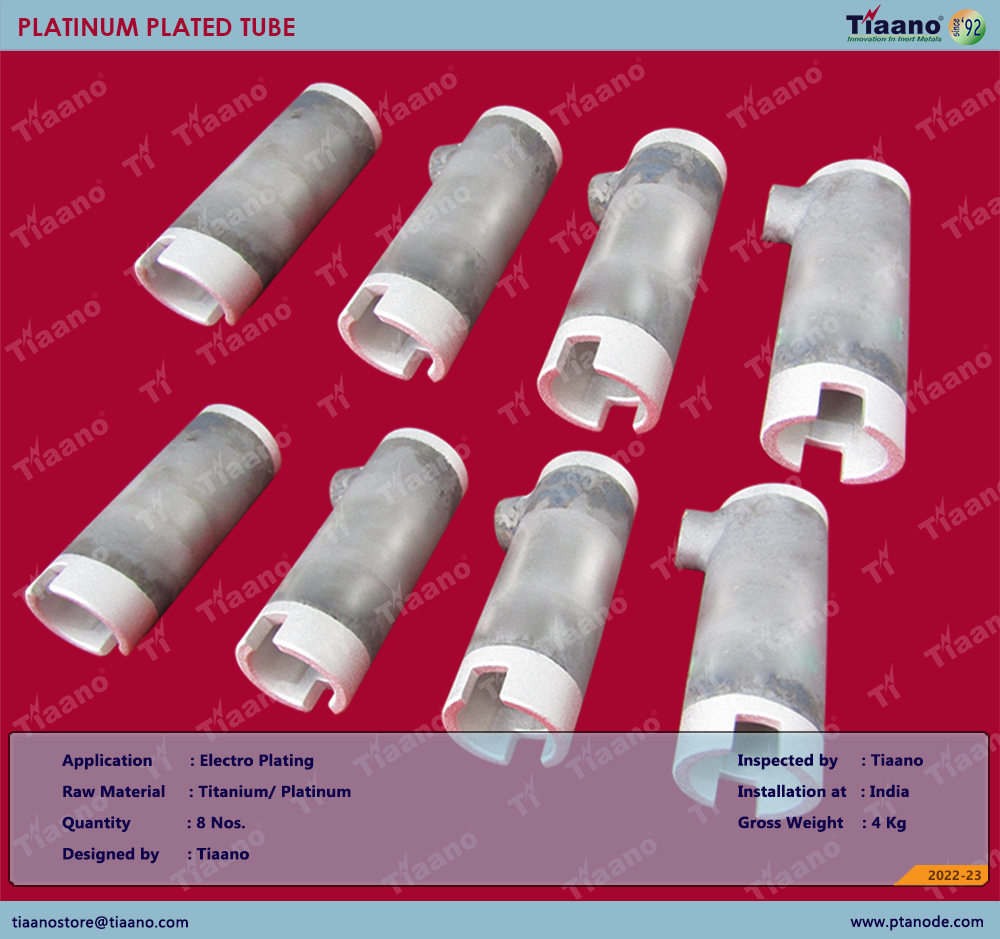ELECTROPLATING ANODE - PLATINUM PLATED TUBE ANODE
October 7, 2022 at 11:30 AM
—
Platinised
Electroplating is basically the process of plating a metal onto the other by hydrolysis mostly to prevent corrosion of metal or for decorative purposes. The process uses an electric current to reduce dissolved metal cations to develop a lean coherent metal coating on the electrode. Electroplating is often applied in the electrical oxidation of anions on a solid substrate like the formation of silver chloride on silver wire to form silver chloride electrodes.
Electroplating is majorly applied to modify the surface features of an object (e.g corrosion protection, lubricity, abrasion), but the process can also be used to build thickness or make objects by electro forming.
What is the main principle of electroplating?
Electroplating is the method of depositing one metal over another in the presence of a metal salt (in aqueous solution). The water molecule is released as the final product in this process. As a consequence, electroplating is based on the theory of hydrolysis.
Uses of Electroplating:--
The major application is to optimize a material’s resistance towards corrosion. The plated layer often serves as a sacrificial coating which reveals that it dissolves before the base substance. Some of the other common applications of electroplating involve:
Improving wear resistance.
Improving the thickness of the metal surface.
Enhancing the electrical conductivity like plating a copper layer on an electrical component.
Minimizing Friction.
Improving surface uniformity.
